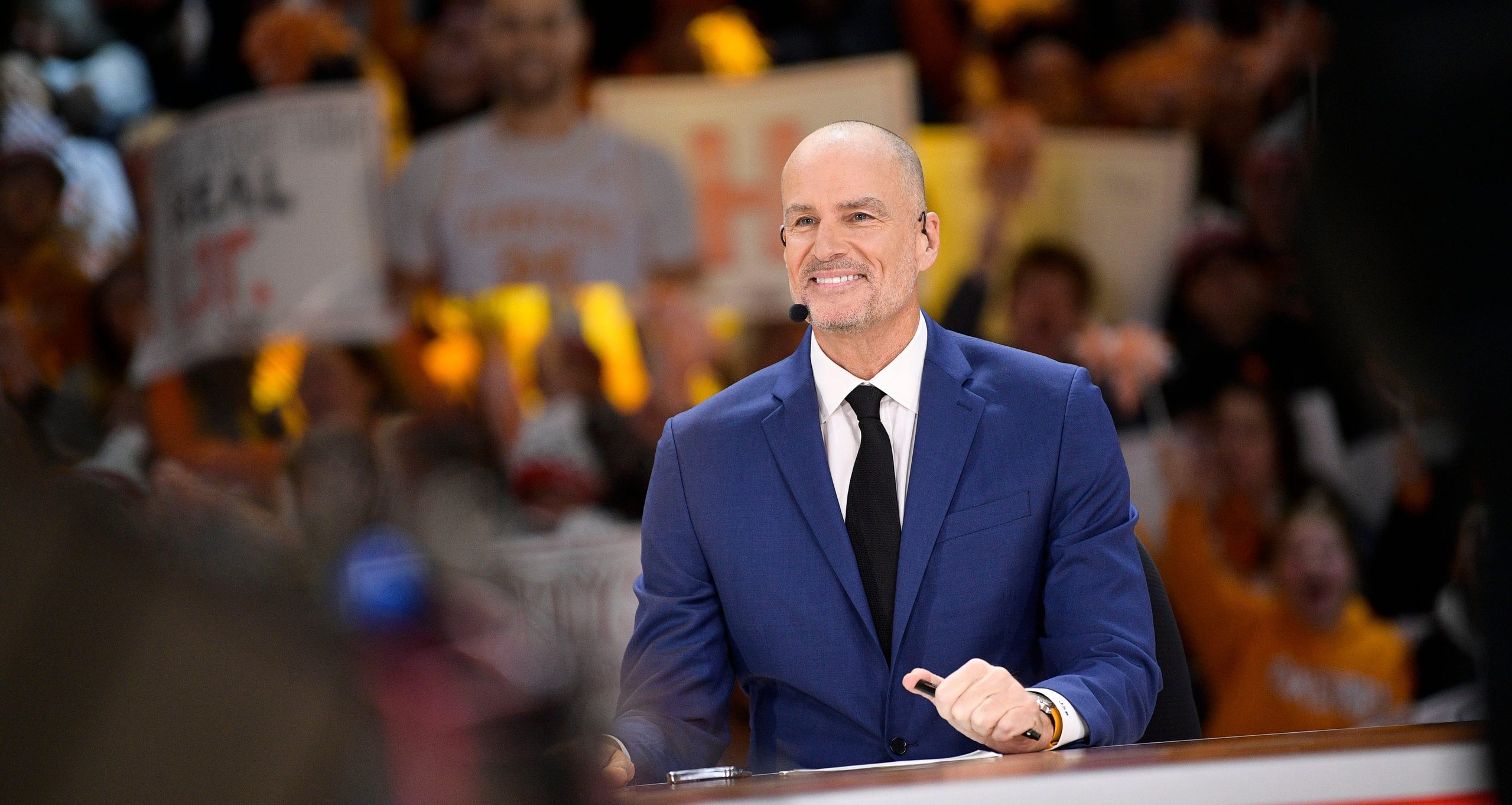One of the biggest talking points around the 2025 NCAA Tournament has been the lack of upsets in the first weekend, leading to disappointment among some fans regarding the overall experience. ESPN’s Jay Bilas believes this is more of a temporary blip rather than a concerning trend. Alongside voices like Stephen A. Smith and Scott Van Pelt, many have pointed out how the rise of NIL and the transfer portal impacts mid-major teams negatively in this year’s tournament.
Smith particularly expressed concern that the absence of Cinderella stories in the tournament could ultimately lead to “the death of college basketball” if this trend persists. In a recent appearance on Beat The Closing Number, a sports betting podcast by TheLines.com, Bilas shared his insights, asserting that there isn’t enough evidence to conclude that the transfer portal harms the NCAA Tournament’s quality.
“I don’t think it’s necessarily dominance. I think it’s one year,” Bilas noted. “We’ve experienced similar years in the past with less chaos in the first and second rounds. This is year-to-year variability. People often forget, they see fewer upsets and attribute it to NIL and the portal, which I believe is an oversimplification.” Bilas also stressed that NIL and the portal distribute talent rather than concentrate it. While the Sweet 16 comprised teams from just four conferences, he reminded listeners that schools have changed conferences over the years, citing Houston’s previous membership in the American Athletic Conference and BYU’s in the West Coast Conference. “With the same field two years ago, we would have seen teams from seven different conferences; would that alleviate concerns?” he questioned.
“Two years ago, BYU was considered a mid-major, as was Houston because of their conference. Yet, Houston made it to the Final Four back then, with the same program and players. If having seven different conferences would make people feel better, it’s a matter of schools deciding to leave their previous conferences, not a reflection of the portal or NIL, but rather a desire to avoid challenges, akin to the narrative surrounding players.” He highlighted successes from programs like Drake, Colorado State, New Mexico, McNeese (State), Gonzaga, and St. Mary’s, pointing out that even Colorado State came close to the Sweet 16 with a buzzer-beater against Maryland. “This is merely coincidence, not attributable to NIL or the portal. One year does not define a trend. Let’s not jump to conclusions about the tournament’s future.”
Bilas, who has always supported player movement via the transfer portal, also criticized the double standards between the negative narrative surrounding players who transfer and the relative lack of backlash when coaches leave for better opportunities. “The coach’s portal is always open, yet no one accuses them of tampering or poaching. Are coaches loyal? Do they endure challenges?” he argued, highlighting how coaches negotiate their exits during tournaments while players are scrutinized. As the landscape evolves, it remains to be seen if fewer upsets will become the norm due to NIL and the transfer portal, but Bilas cautions against drawing hasty conclusions based on a single season’s results.

